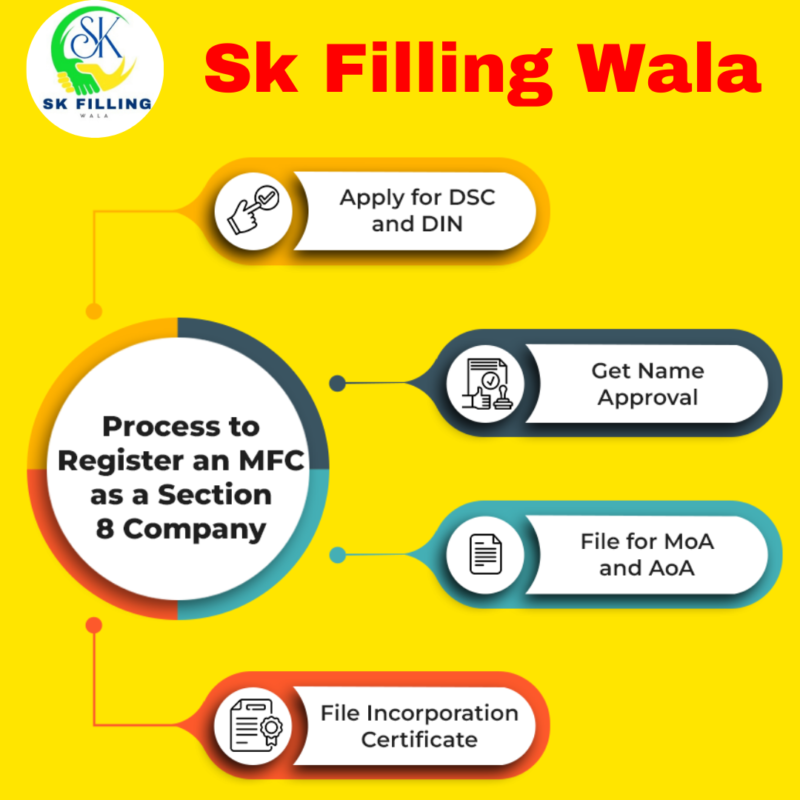Microfinance Company Registration
Registration with a microfinance business gives a host of advantages that include formal recognition as well as access to financing. They also help them adhere to legal guidelines that promote responsible lending practices and increase the social impact of their loans. microfinance company registration
To get the certification of beginning your business, you have to fill out an online application and then submit physical copies of all your documentation to the regional office of the Reserve Bank of India. When you file, you’ll be issued a CARN (Company Application Reference Number).
Finding an appropriate business model
Registration for microfinance is an important option for companies who wish to encourage financial inclusion. The microfinance companies offer modest savings and loans to individuals or small-sized companies located in semi-urban or rural areas who are not able to access traditional banking. After completing the process, entrepreneurs are able to operate their microfinance businesses legally in compliance with Reserve Bank of India (RBI) rules as well as capital requirements. The process of registration as a microfinance business involves various steps that are crucial, such as selecting a business name that is unique to the company and submitting the necessary paperwork. Once you have submitted the required documents and completed the necessary paperwork, you will receive the certificate of incorporation that recognizes your business as an official company.
In order to register as a microfinance firm First, you must file an online application with the RBI. After you have submitted the form, you’ll be issued a CARN (Company Application Reference Number). The next step is to provide hard copies of the documents at the local office of RBI. The Apex Bank will conduct an exhaustive exam and due diligence in order to determine if your company is in compliance with all the specifications.
Once the apex bank has endorsed your microfinance firm, then you can open an account with a bank. If you need more money, you could take out a loan through the Apex Bank. If you don’t have enough cash to cover the requirements, then you could register as a Section 8 microfinance firm instead. This is less expensive; however, it restricts the amount of money you can lend.
Making an outline of a business plan
The business plan can be an essential requirement for registration of a microfinance business. It provides a concise outline of the business’s objectives, its goals for the market, management strategies, and financial projections. It also assists in ensuring that the company is in compliance with RBI guidelines and helps avoid legal issues. A well-organized plan can allow your company to expand quickly and comply with the requirements of regulatory agencies.
Before starting the registration process for your microfinance firm, make sure you satisfy the following criteria:
Age Requirement: The candidate must be 21 years of age or older. The requirement for age is to ensure that applicants possess the maturity and capacity to run a business with financials. Education qualifications: A Bachelor’s Degree in Economics or a related field is preferable. It’s also beneficial to have prior experience in financial services.
The process of registering microfinance companies can be started by going to this website for the Reserve Bank of India. The procedure is straightforward and easy. After clicking SPICE and then beneath MCA service, the person applying must choose the right class and category. The applicant should also indicate the nature of the industrial process.
After all the documents have been collected, the documents must be sent to the Regional Reserve Bank of India office. The process could take between two and three months. When the application is completed, the RBI will scrutinize the documents and issue an official Certificate of Commencement for Business.
Making the financial model
The development of financial models is an important aspect of the microfinance application process. It shows the financial stability of the business and aids in the establishment of an operating foundation. It also assists in identifying the risks that could be posed, which allows the microfinance company to be legally compliant and efficient. The process of creating a financial model involves some of the steps below:
In the first place, a microfinance organization is required to register as a non-banking financial company according to the provisions in the Companies Act. Then, it must be granted the Certificate of Incorporation issued by the Registrar of Companies and file copies of its Memorandum of Association and Articles of Association with the Ministry of Corporate Affairs. It should also draft and submit documents for regulatory compliance, like financial audit reports, to prove its capacity to meet the minimum capital requirements.
After it has all the required documents, it should submit a request for name approval using Form INC-1 and select the name that best represents the business it operates. It must also prepare an MOA along with its AOA. When the names are approved, the company must make a deposit of a specific amount of cash into its bank account as well with a Bankers Certificate stating that there is no lien on the net Owned Fund (NOF). In addition, it needs to provide all the necessary documentation to the RBI’s regional office. After it is received by the RBI, the RBI will carry out a procedure of due diligence and examination to verify that the company is in compliance with the requirements for registration.
Making a marketing strategy
The marketing strategy of a microfinance institution is crucial to its growth and must include various aspects. It is essential to identify the most efficient ways to reach the right people and know how to increase those channels’ effectiveness. This can assist an MFI in creating and managing an enjoyable customer experience that helps to boost business growth.
The first step in creating a microfinance firm is to be registered as a public or private limited company under the Companies Act of India. The next step is to make a deposit of a certain amount of money into an account at a bank that is in the name of the company to be an installment deposit. The amount must be greater than 5 crores or more than Rs. 2 crores, subject to the microfinance firm’s location in Northeast India. After submitting the deposit as well as other documents required, the company has to be registered as an NBFC or MFI in the Reserve Bank of India by making an online application and then presenting the required hard copies to the RBI regional office.
It is essential for a microfinance institution to define clear and measurable objectives. These goals should be specific and quantifiable to make sure that they’re in line with organizational plans. One example could be to boost the efficiency of operations through streamlining loan distribution processes or by implementing automated systems. Other goals could be focused on growing market share in particular geographical or demographic areas. microfinance company registration

